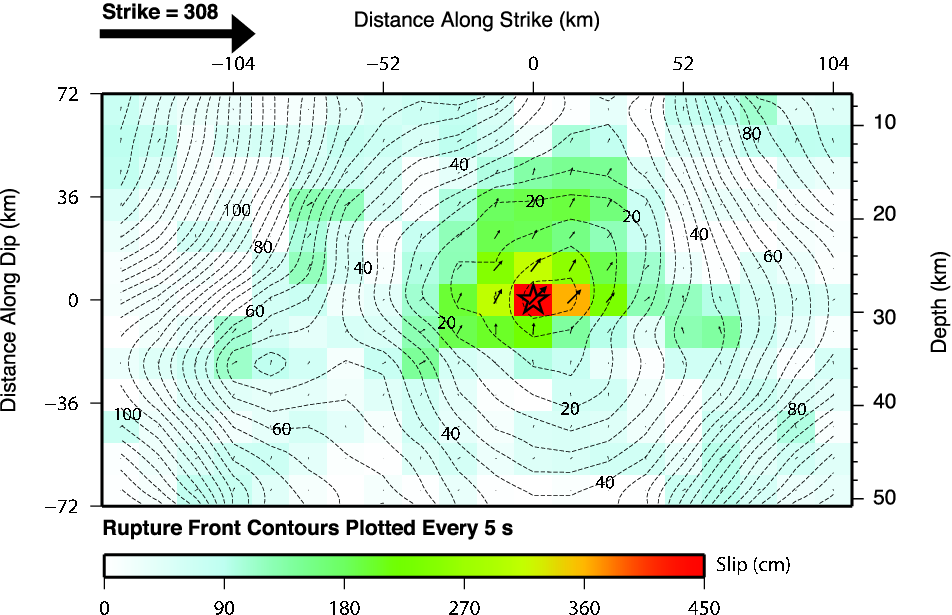In the last twelve hours, a series of major earthquakes struck the Santa Cruz Islands. Beginning with the activation of a thrust fault with a M8.0 (M7.9) earthquake, almost fifty aftershocks hit the region. A regional tsunami warning was released short six minutes after the first quake at 1:12 UTC and has now been cancelled.
After an initial tsunami warning, sea level readings indicated that a tsunami of 0.9 m first wave height was triggered. The Wall Street Journal reports, that the tsunami hit the Solomon Islands and left at least five people dead. Although I am no fan of sensation-seeking journalism, these personal quotes contain scientific information about tsunami destruction in Lata (Santa Cruz Islands) and preparedness on the Solomon Islands:
“Houses have been washed down, and the airport has been filled with seawater”
Charles Elliott Fox-Ngali
“Some villages were inundated with saltwater…some destruction….At this stage we have very limited information.”
Loti Yates, director of the national disaster management office
“People are already up on the higher grounds.”
Chris Nemaia, Solomon Islands Visitor official
Later tsunami wave measurements issued smaller amplitudes, which led to the cancellation of the tsunami warning.
The earthquakes were located in a complex joint of the eastern Solomon Trench and the northern Vanuatu Trench in varying depths of shallow 10 to 38 kilometers, the M8 quake happened in a depth of 28 km (USGS data). The emsc-csem reports M7.9. Moment tensor solutions reveal a thrust movement, and the USGS seismologists idientified the motion plane for a finite fault model (below). Estimated population exposures expected 25,000 people to encounter strong to severe shaking.






Christoph | 2013-02-06|13:55 (UTC)
I guess it’s valid to speak about a whole cascade of earthquakes happening in this region. It’s not only the M7.9 shock with its dozens of aftershocks (two of them stronger than M7.0), but we’ve also seen seven (!) foreshocks >M6.0 since 30 January (plus 14 EQs of M5.0 – M6.0). This is a really interesting sequence…
http://www.emsc-csem.org/Earthquake/Map/gmap_kml.php?kml=/Earthquake/kml.php?filter%3Dyes%26start_date%3D2013-01-30%26end_date%3D2013-02-06%26min_lat%3D-17.476%26max_lat%3D-7.188%26min_long%3D159.258%26max_long%3D170.508%26min_intens%3D0%26max_intens%3D8